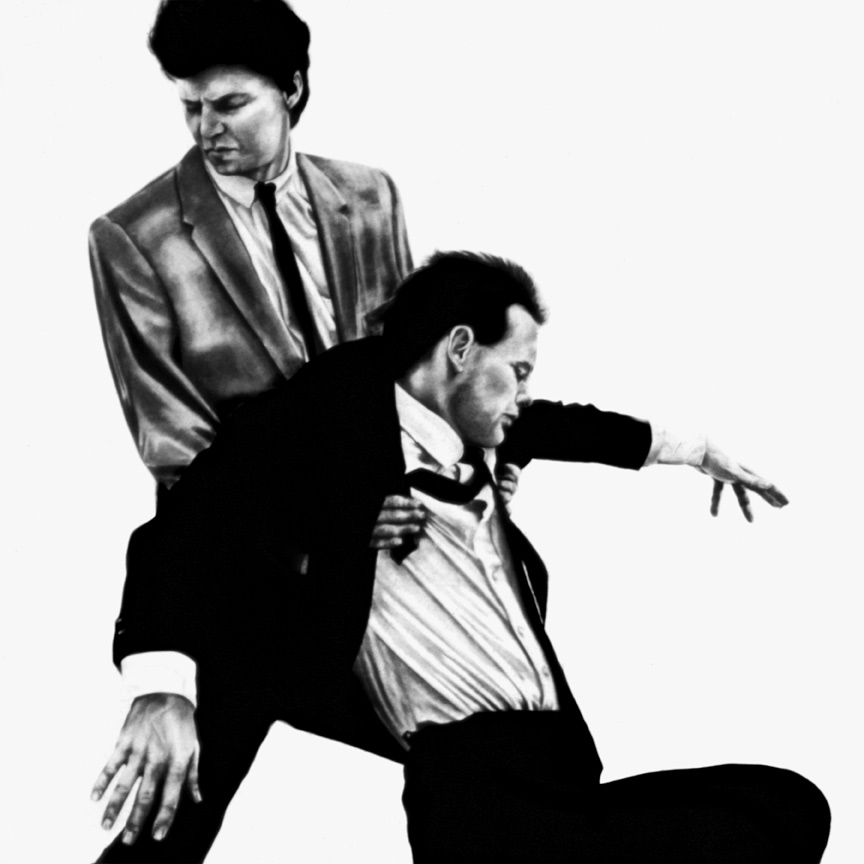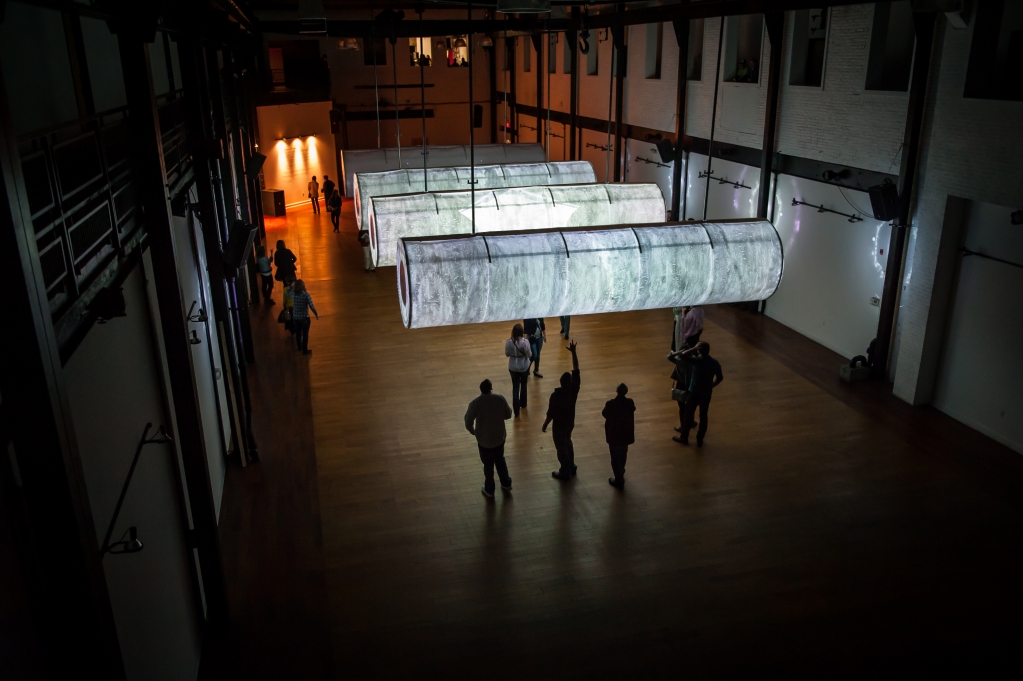
Rio Wolta and Piet Baumgartner
Bittersweet tea symphony
Sound installation with 200 kettles boiling, vibrating, steaming. People come and go whenever they like.

Bittersweet tea symphony
Sound installation with 200 kettles boiling, vibrating, steaming. People come and go whenever they like.

Lesson Nº 1 + The Ascension
Glenn Branca has always been a musician positioned halfway between the role of avant-garde composer and that of a rock musician. A pupil and disciple of the masters of American minimalism such as La Monte Young, Terry Riley, Philip Glass and Steve Reich, he has always had to fight against prejudice and fierce criticism. His position was certainly uncomfortable, too academic for rock fans and too “politically incorrect” for academics. In fact, Branca was trying to unhinge all the limits imposed by the rigid schemes of the avant-garde, aware of the fact that those who want to be truly avant-garde should have no limits. John Cage was also able to criticize him, even calling him a fascist ( Luciano Berio also did so for all minimalists) for the excessive rigidity of his compositions, even though he recognized his innovative power. After having created his best known album, The Ascension (1981), a true monument of maximalism played with a classical rock formation (guitars, bass and drums), he tries to approach a different format, the Symphony, as always halfway between rock and academia. Branca will like the experiment and will re-propose it several times in the following decades, to date there are sixteen symphonies (not all recordings are available). Here is how young Branca’s ensemble appeared to the American composer John Adams in one of his first live performances of the First Symphony: “Branca’s event that I listened to at the Japan Center Theater in San Francisco in 1981 was one of his symphonies for guitar . The group didn’t look very different from thousands of other independent or alternative rock bands of the time: guys in jeans and worn t-shirts busy with cables while maintaining that typical distracted expression of rock musicians.

A Symphony of Noise
Created by Michaela Pnacekova, Jamie Balliu
Herbert’s everyday sound sources are the inspiration for A Symphony of Noise VR. This interactive virtual reality experience is a journey through four sonic landscapes. The first centers on breathing, which immediately makes you focus on listening to the world differently. This is followed by an arctic environment full of scraping and crunching sounds, and finally a shop interior. Using the controllers or by blowing or singing, you can add sounds to the audio palette, which is visualized as waves and colors in three-dimensional space. In the fourth and final landscape, all the sounds are combined in an ultimate symphony.

Animation
Mahler – Das Lied von der Erde – Der Abschied – O Adeus
Das Lied von der Erde is a large-scale work composed in 1908-1909 by the Austrian composer Gustav Mahler. The work was described as a symphony when published, and it comprises six separate songs for two singers who take turns to sing the songs. Mahler specified the two singers should be a Tenor and an Alto, or else a Tenor and a Baritone. The work was composed following the most painful period in Mahler’s life, and the songs address themes such as those of living, parting and salvation. On the centenary of Mahler’s birth, the composer, conductor and Mahler champion Leonard Bernstein described Das Lied von der Erde as Mahler’s “Greatest symphony”.

Symphony in D Minor
‘Symphony in D Minor’ is an interactive sound and video installation on an epic scale. A thunderstorm contained within a series of large hand cast resin sculptures, each individual form is a unique instrument hanging from the ceiling. Suspended just within reach and activated by touch, the viewer sets the symphony in motion by pushing the forms through the air to trigger the various sound elements of the storm. Sensors relay individual recordings of thunder, lightning, wind and rain with alternating intensities to a full-scale sound system. Acting as both conductor and musician, the viewer creates an evolving composition out of atmospheric sounds, forging an environment that envelops the audience. Housed within each piece are 2 video projectors employing mapping software to evenly fill the surface of the forms. Like giant illuminated pendulums each sculpture radiates video projections that in their dormant state display abstractions of water droplets and slow moving clouds. As the sensors detect movement different ranges initiate more visual elements of the storm. Once activated, the form then shifts to a swirling torrent of clouds.